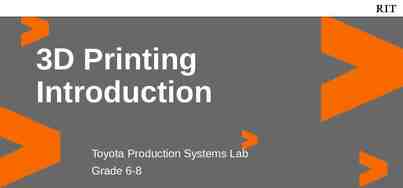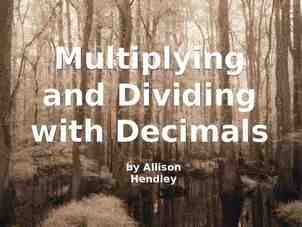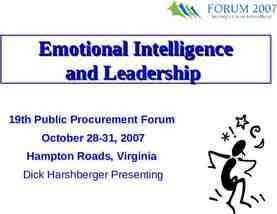Teaching and Learning APA Style, 7th Edition Part 1: References
17 Slides3.35 MB
Teaching and Learning APA Style, 7th Edition Part 1: References
Advantages to the 7th edition Increased readability. More content on reducing bias in language. Differentiation between student writing and submissions for publication. Checklists at the ends of sections and chapters to guide usage. Updated in-chapter tips and userfriendly structure.
Objectives Learn how to create an APA reference Understand the logic behind APA references Identify what is and is not referenced in APA Additional resources Questions
Citations vs. References Citations Appear in the text Always have an author element Always have a date element Always (except for personal communications and classical works) have a corresponding reference entry. References Appear at the end of the document Are in alphabetical order Have four major elements: Author (Date). Title. Publisher. Always have a corresponding citation. Are retrievable.
Four Elements of a Reference Entry 1. 2. 3. 4. Author. (Date). Title of source. Publisher information. Author. (Date). Title of article. Publisher information. These are the four elements of all APA references.
Example (APA, p. 283)
Author Begins with the last name, followed by initials. List every author, up to 20, in the order that the source lists them. Do not list titles held by the authors (e.g., Dr.) Commas separate last names from initials and different authors. There is always an author element. If you do not have an author, You can use an organization as author. Or move the title element in place of the author element. The title element becomes the author element.
Author element example Author Element: Persky, A.M., Fuller, K.A., Jarstfer, M., Kamakshi, R., Rodgers, J.E., & Smith, M.
Date. The date element is always in parentheses It always follows the author element It always begins with the year It only contains Month, Day, and/or season when referencing periodicals that do not list a volume and issue. If there is no date, use (n.d.) Be careful about dates for websites and webpages; ensure that the date provided applies to the content you are referencing.
Date element example Blair, E. & Gregory, N. (Hosts). (2010, July 6).
Title. The title element is capitalized like a sentence; only the first word of the title/subtitle and proper nouns are capitalized. Titles fall into two categories: works that stand alone and works that are part of a greater whole. Works that stand alone are italicized and in sentence case. Works that are part of a greater whole are in sentence case and are not italicized.
Title element example Target. (2020). 2019 annual report.
Publisher (aka Source Element) Where can readers retrieve the work? Two categories: works that are part of a greater whole and works that stand alone. The source/publisher for a work that is part of a greater whole is the greater whole (i.e., the edited book or journal) and the doi number if provided The source/publisher for a work that stands alone can be the publisher, database, social media site, or website. See pp. 293-300 of the APA Manual for additional guidance.
Source/Publisher: 6th vs. 7th 6th Edition Include the publisher location in book references, e.g., New York, NY: Include “retrieved from” before URLs. Display journal DOIs with the DOI: prefix. 7th Edition Do not include the publisher location. Do not include “retrieved from” before URLs. Display journal DOIs as a URL.
Classroom and Intranet Materials 6th Edition PPT slides and lecture notes, even on a course management site, are not retrievable by a general audience. They should therefore be cited as personal communications in text and not be included in the references list. 7th Edition When your audience can retrieve the sources you used, cite using the formats in Chapter 10. To cite a PowerPoint from an LMS, for example, include in the reference the name of the LMS and the URL. Mack, R. & Spake, G. (2018). Citing open source images and formatting references for presentations [PowerPoint Slides]. Canvas@FNU. https://fnu.onelogin.com/login
Putting it all together Seligman, L., & Reichenberg, L. (2010). Theories of counseling and psychotherapy systems: Strategies and skills. Pearson Education. Belman, J., & Gatz, L. (2011). How bullying works. Journal of School Leadership, 12(3), 164-170. https://doi.org/10.1x/lead/1435/f3s/1109 Mayo Clinic. (2010, November 10). Diseases and conditions. http://www.mayoclinic.com/health/DiseasesIndex/DiseasesIndex
Additional Resources Student Workshops Faculty Webinar Series Intro to APA Handbook APA Templates APA Website and Style Blog (apastyle.apa.org) Contact [email protected]! Questions?






















